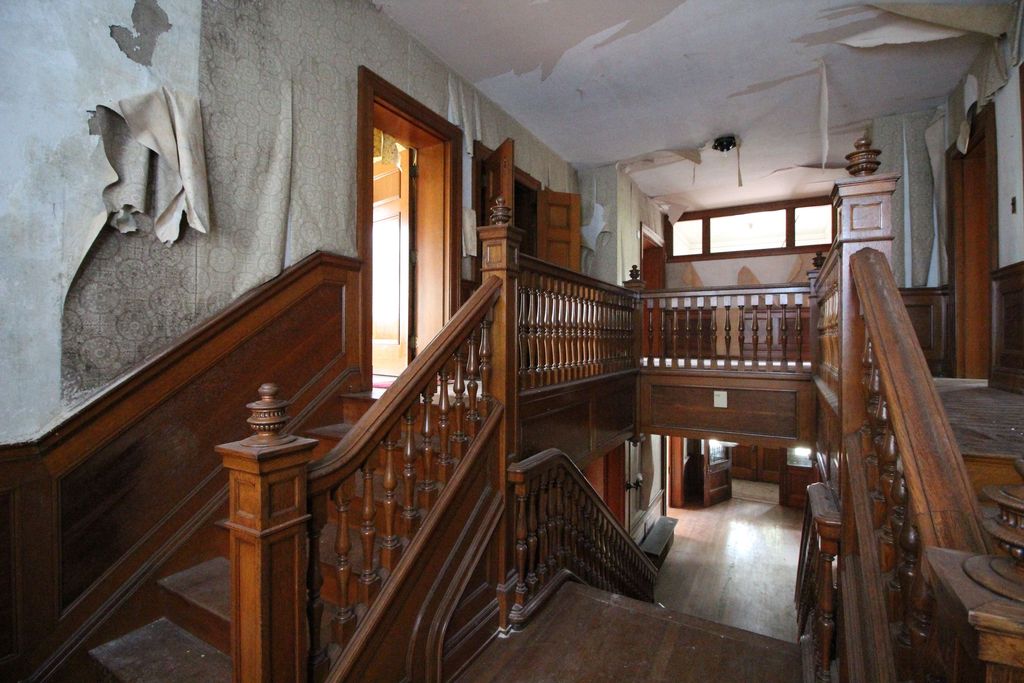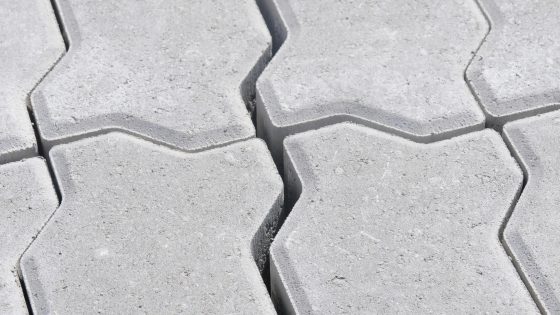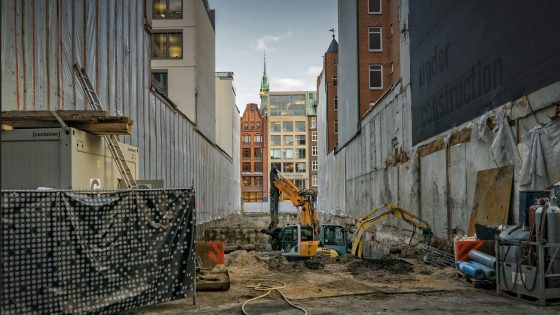Many Toronto homes built in the late 1800s still stand today and in the hot real estate market these often centrally placed residences are highly-coveted. If you are fortunate enough to snag one of these beautiful properties, chances are you have a lot of work to do to upgrade the interior to meet today’s safety, building and style standards.
Although the vast majority of these century-homes in Toronto have been renovated through the years, there are still some out there that need to be brought into the 21st century. If you have one of these gems, then questioning whether to keep or scrap the building’s original features is a conundrum. On the one hand the original features are often what make these homes so desirable. They are made of very good quality materials – often which are not easily found anymore or used in construction, making them even more of a draw. They add distinct character and personality to a home. They make homes look and feel richer.
On the other hand the original finishes of the home will likely be in dire need of refurbishment, polishing up or re-sanding/staining. And, because a lot of the materials used in the original trim, millwork and plaster work found in these homes are no longer being used or are readily available, updating them can be very time-consuming and costly. The easy way out of this is simply removing the original finishes entirely and starting over. While this will appeal to many buyers who prefer new lines and modern finishes, you will alienate a whole slew of homebuyers who prefer to have the original character of a home kept intact.
If you are on the fence on what to keep and what to remove consider a compromise – keeping those finishes that you can easily refurbish or restore and replace those elements that would require too much time and expense to redo properly. Those who are able to strike the right balance between old and new will be able to please a host of tastes that will result in a much higher demand for your property, which will translate into a higher selling price.
Costlier restorations will include sourcing similar tiles to those that were used, restoring stained or leaded glasses windows and finding matches for original trims. Restorations that will be pricey but easier to source include finding someone to replicate original plaster mouldings or millwork or refinishing centuries-old hardwood floors.
Naturally if you are not really thinking about resale, but simply for yourself, then whether to keep the original trims or not really depend on your own tastes. However, if you are at all concerned about your property’s resale value, then choosing the
Although the vast majority of these century-homes in Toronto have been renovated through the years, there are still some out there that need to be brought into the 21st century. If you have one of these gems, then questioning whether to keep or scrap the building’s original features is a conundrum. On the one hand the original features are often what make these homes so desirable. They are made of very good quality materials – often which are not easily found anymore or used in construction, making them even more of a draw. They add distinct character and personality to a home. They make homes look and feel richer.
On the other hand the original finishes of the home will likely be in dire need of refurbishment, polishing up or re-sanding/staining. And, because a lot of the materials used in the original trim, millwork and plaster work found in these homes are no longer being used or are readily available, updating them can be very time-consuming and costly. The easy way out of this is simply removing the original finishes entirely and starting over. While this will appeal to many buyers who prefer new lines and modern finishes, you will alienate a whole slew of homebuyers who prefer to have the original character of a home kept intact.
If you are on the fence on what to keep and what to remove consider a compromise – keeping those finishes that you can easily refurbish or restore and replace those elements that would require too much time and expense to redo properly. Those who are able to strike the right balance between old and new will be able to please a host of tastes that will result in a much higher demand for your property, which will translate into a higher selling price.
Costlier restorations will include sourcing similar tiles to those that were used, restoring stained or leaded glasses windows and finding matches for original trims. Restorations that will be pricey but easier to source include finding someone to replicate original plaster mouldings or millwork or refinishing centuries-old hardwood floors.
Naturally if you are not really thinking about resale, but simply for yourself, then whether to keep the original trims or not really depend on your own tastes. However, if you are at all concerned about your property’s resale value, then choosing the




